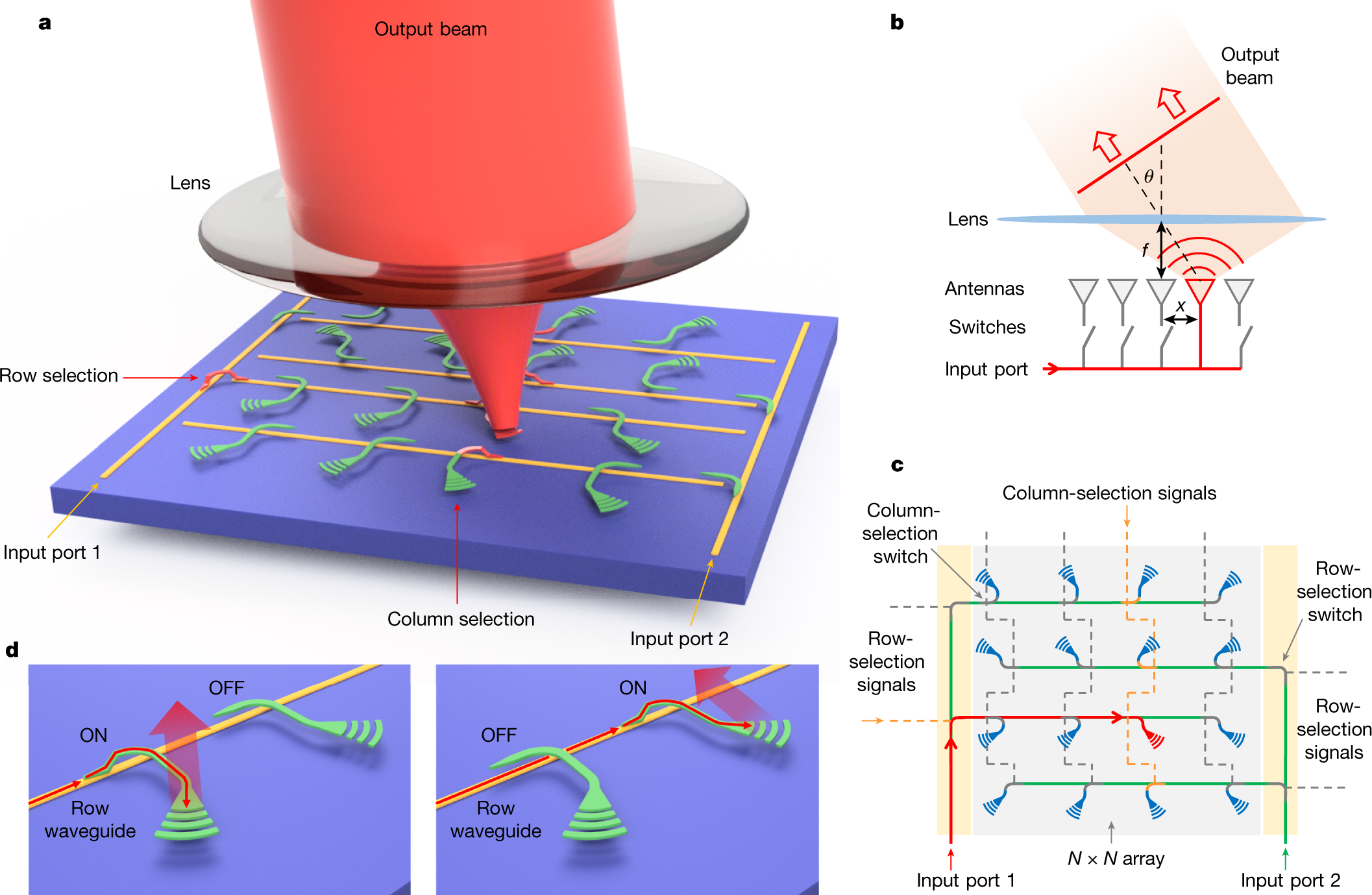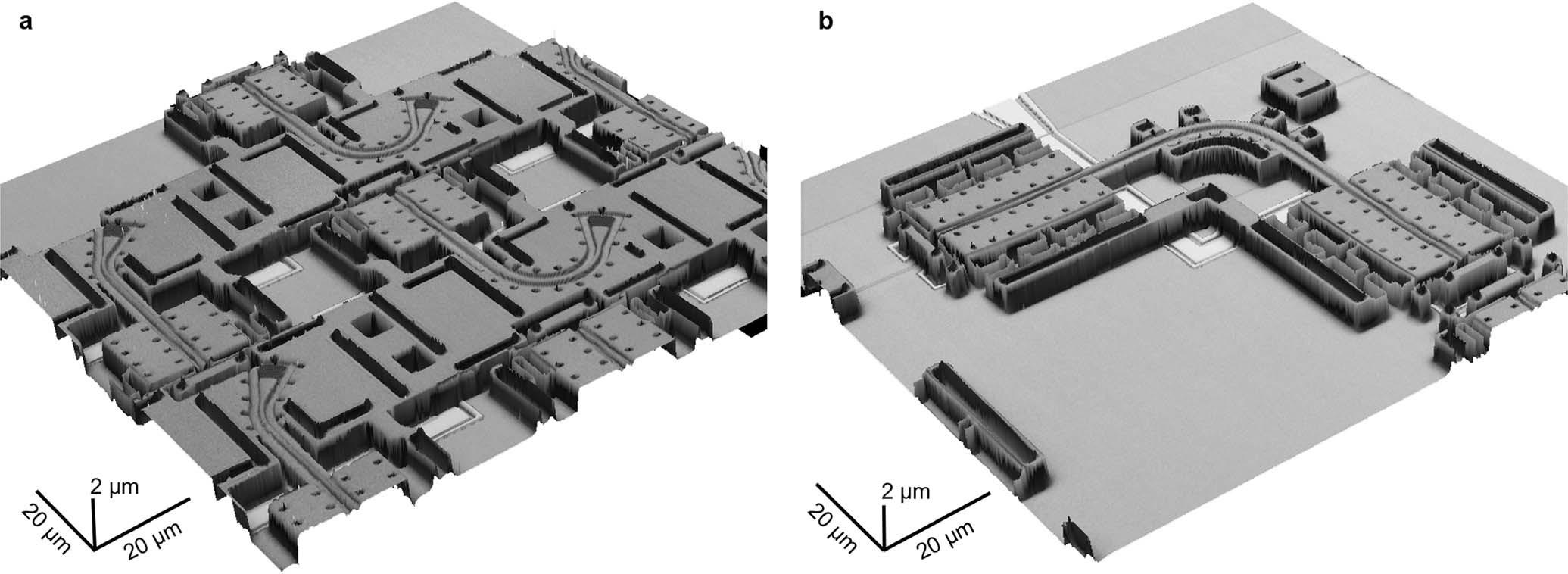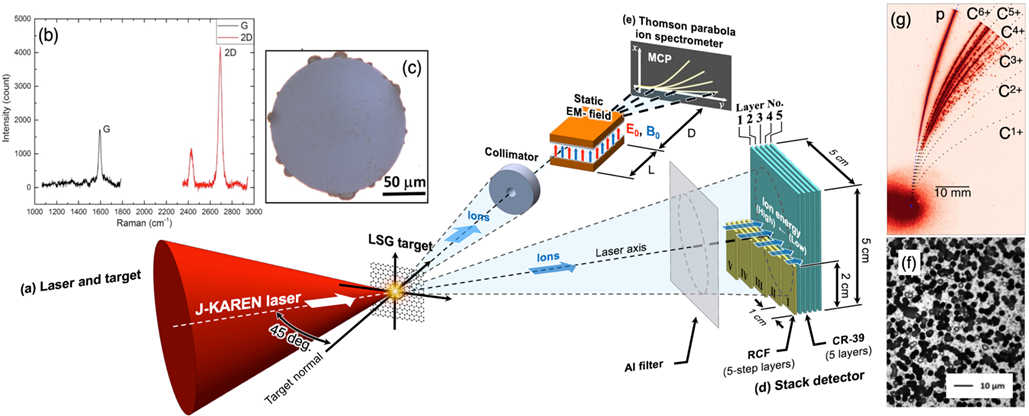2022-3-09 カリフォルニア大学バークレー校(UCB)
・Ming Wu氏のLiDARは、半導体ベースのマイクロメートル単位のアンテナで構成されるFPSA(Focal Plane Switch Array)をベースに光を集めます。さらに、コンピュータのプロセッサに使われているCMOS(Complementary Metal-oxide Semiconductor)技術を使って、メガピクセルサイズに拡張できることも大きな特徴。
・LiDARは、レーザーから発せられる光の反射をとらえ、光が戻ってくるまでの時間や、光の周波数の変化を測定することで、マッピングし、周囲を動く物体の速度を計ることができます。
・FPSAは、小さな光送信機(アンテナ)と、それを高速でオン・オフするスイッチのマトリックスで構成されています。
・シリコンベースのLiDARシステムのほとんどがこれまで使っている熱光学スイッチングには問題がある。
・熱光学スイッチは、大きな温度変化を利用して屈折率を変化させ、レーザー光を曲げたり方向転換させたりする。1チップにたくさん搭載すると、発熱が大きくなりすぎて正常に動作しなくなるため、従来のFPSAでは512ピクセル以下に制限されていた。
・Wu氏のソリューションは、導波路を物理的に移動させるMEMS(Micro Electro Mechanical System)スイッチに置き換えたものである。
・MEMSスイッチは、通信ネットワークで光のルートを確保するための技術として知られており、LiDARに応用されたのは今回が初めてです。熱光学スイッチに比べ、はるかに小さく、消費電力が少なく、スイッチング速度が速く、光損失が非常に小さいのが特徴です。
この新しい設計は、3月9日(水)発行の「Nature」誌に掲載されます。
<関連情報>
- https://engineering.berkeley.edu/news/2022/03/tiny-switches-give-solid-state-lidar-record-resolution/
- https://www.nature.com/articles/s41586-022-04415-8
MEMS(Micro Electro Mechanical System)を用いた大規模シリコンフォトニクスLiDAR A large-scale microelectromechanical-systems-based silicon photonics LiDAR
Xiaosheng Zhang,Kyungmok Kwon,Johannes Henriksson,Jianheng Luo & Ming C. Wu
Nature volume 603, pages253–258 (2022)
Abstract
Three-dimensional (3D) imaging sensors allow machines to perceive, map and interact with the surrounding world1. The size of light detection and ranging (LiDAR) devices is often limited by mechanical scanners. Focal plane array-based 3D sensors are promising candidates for solid-state LiDARs because they allow electronic scanning without mechanical moving parts. However, their resolutions have been limited to 512 pixels or smaller2. In this paper, we report on a 16,384-pixel LiDAR with a wide field of view (FoV, 70° × 70°), a fine addressing resolution (0.6° × 0.6°), a narrow beam divergence (0.050° × 0.049°) and a random-access beam addressing with sub-MHz operation speed. The 128 × 128-element focal plane switch array (FPSA) of grating antennas and microelectromechanical systems (MEMS)-actuated optical switches are monolithically integrated on a 10 × 11-mm2 silicon photonic chip, where a 128 × 96 subarray is wire bonded and tested in experiments. 3D imaging with a distance resolution of 1.7 cm is achieved with frequency-modulated continuous-wave (FMCW) ranging in monostatic configuration. The FPSA can be mass-produced in complementary metal–oxide–semiconductor (CMOS) foundries, which will allow ubiquitous 3D sensors for use in autonomous cars, drones, robots and smartphones.

a, 2次元FPSAとレンズおよび出力ビームの透視図。光は入力ポートの1つを使ってFPSAチップに結合され、対応する行選択スイッチと列選択スイッチをオンにすることで選択されたグレーティングアンテナに送られる。
b, 1次元FPSAビームスキャナの動作原理を示す概略図。
c, 2次元FPSA設計のトップビュー概略図。
d, MEMS光スイッチとグレーティングアンテナのON/OFF状態の概略図。ON状態では、ポリシリコンカプラ導波路(緑)の先端がバス導波路(黄色)の近くに引き込まれ、グレーティングアンテナに光がカップリングされる。

a, 列選択スイッチ付きグレーティングアンテナの共焦点顕微鏡像。 b, 列選択スイッチの共焦点顕微鏡像。



